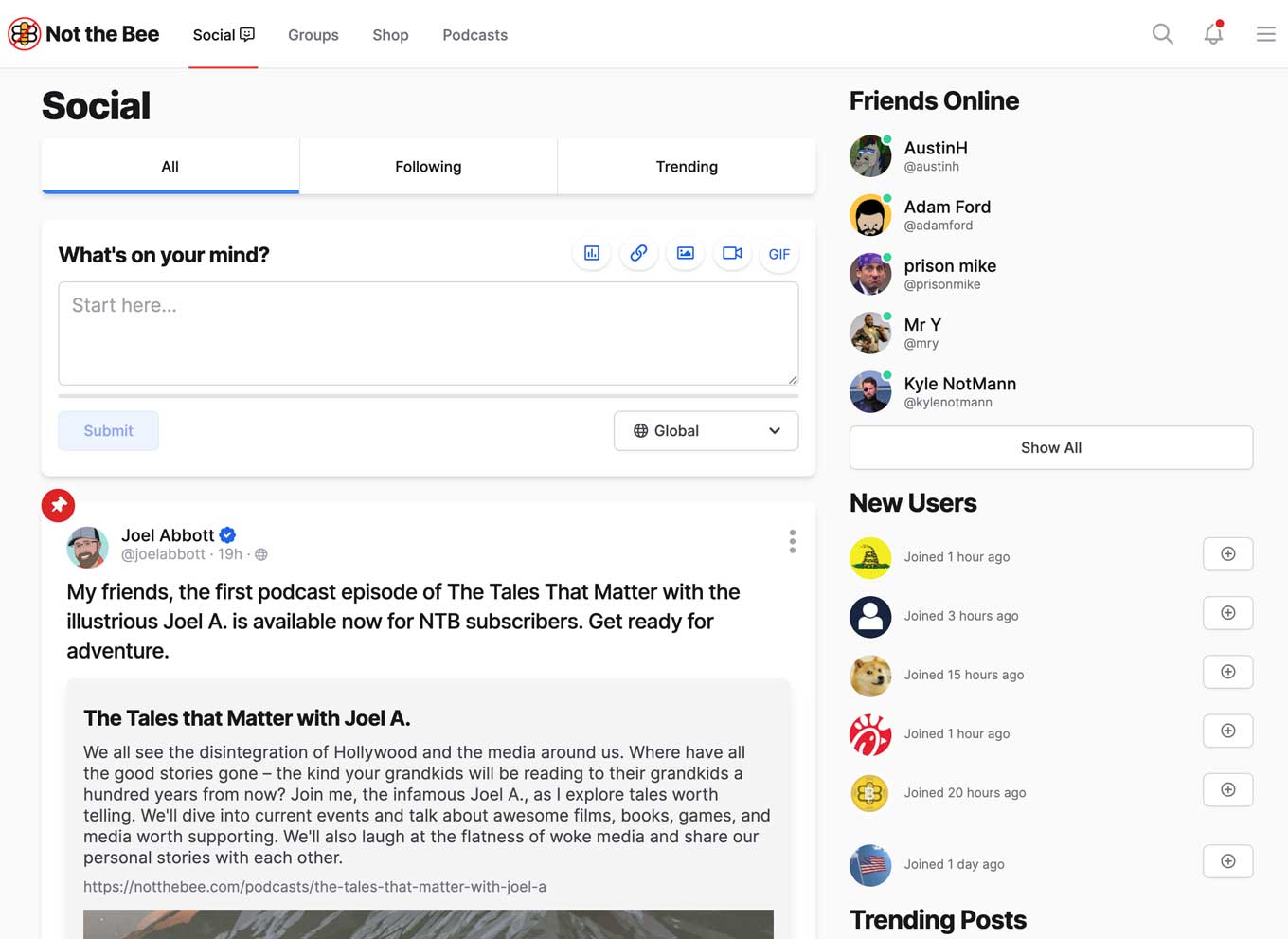Judging from what I've read about moisture farming, it's no easy life. Not something I would recommend.

But if you've ever wanted to give the ol' Skywalker family business a try, you may have the opportunity to do so very soon:
To improve access to safe and affordable drinking water, MIT engineers are tapping into an unconventional source: the air. The Earth's atmosphere contains millions of billions of gallons of water in the form of vapor. If this vapor can be efficiently captured and condensed, it could supply clean drinking water in places where traditional water resources are inaccessible.
With that goal in mind, the MIT team has developed and tested a new atmospheric water harvester and shown that it efficiently captures water vapor and produces safe drinking water across a range of relative humidities, including dry desert air.
Imagine: Harvesting water straight from "dry desert air!"

Now, regardless of what you've seen in the movies, this particular "moisture farm" probably doesn't look quite like you'd expect it:
You gotta love that they took this invention that could help save millions of lives and apparently propped it up on an old milk crate!

As stylistically unimpressive and milk-crate-y as this thing looks, though, the technology behind it is really quite neat:
The new device is a black, window-sized vertical panel, made from a water-absorbent hydrogel material, enclosed in a glass chamber coated with a cooling layer. The hydrogel resembles black bubble wrap, with small dome-shaped structures that swell when the hydrogel soaks up water vapor. When the captured vapor evaporates, the domes shrink back down in an origami-like transformation. The evaporated vapor then condenses on the glass, where it can flow down and out through a tube, as clean and drinkable water.
Perhaps most amazingly, "the system runs entirely on its own, without a power source, unlike other designs that require batteries, solar panels, or electricity from the grid."
The researchers note that the current machine is just a "proof-of-concept" prototype, and that improvements could be made, including "a multipanel design," one that "could have many panels together, collecting water all the time, at household scale."
The future looks bright — and hydrated!
P.S. Now check out our latest video 👇









